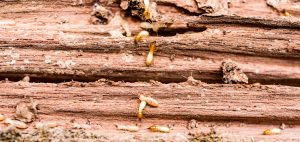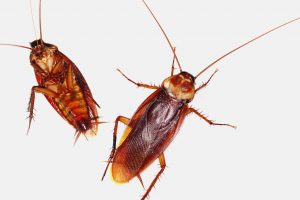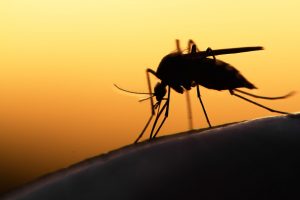
There are more than 1,500 scorpion species known to the scientific community to date, and more and more people are reporting scorpion sightings indoors during the cooler months. Scorpions love warm and humid conditions, and thrive in areas where heating and moisture are abundant. Often, scorpions make their way into homes or other establishment that contain central heating, especially during the winter months. These pests, which can sting humans and animals alike, are easily recognizable by their prominent claws and erect back tails.
Although scorpions have been known to kill humans, only about 25 species out the 1,500 or so are capable of performing this action. Their venom contains a variety of compounds that they use to paralyze or kill their prey. These compounds contain toxins and enzyme inhibitors that weaken a perceived enemy or food source. Most scorpions use their claws to impart sharp stings, which affect both humans and large pets. Even when not fatal, scorpion stings are painful, and most home owners will benefit from seeking professional help in ridding their property of these pests.
Scorpion Protection The best way to protect a home from scorpion invasion this winter is to drastically reduce indoor moisture levels. Purchasing a dehumidifier, and checking for and fixing any water leaks around the home can help. Make sure that openings such as cracks or holes through which scorpions may enter are completely closed up. This not only helps protect against scorpions, but may also help to prevent other insects from entering the home when the weather cools down.
Most pest control services can help you remove a scorpion, or an entire family of scorpions, from your home home. Traps and pesticides often work well. Some scorpions may also live around the perimeter of the home, so it may be important to create a protective barrier around the building’s structure by using pesticide sprays or insect traps.





